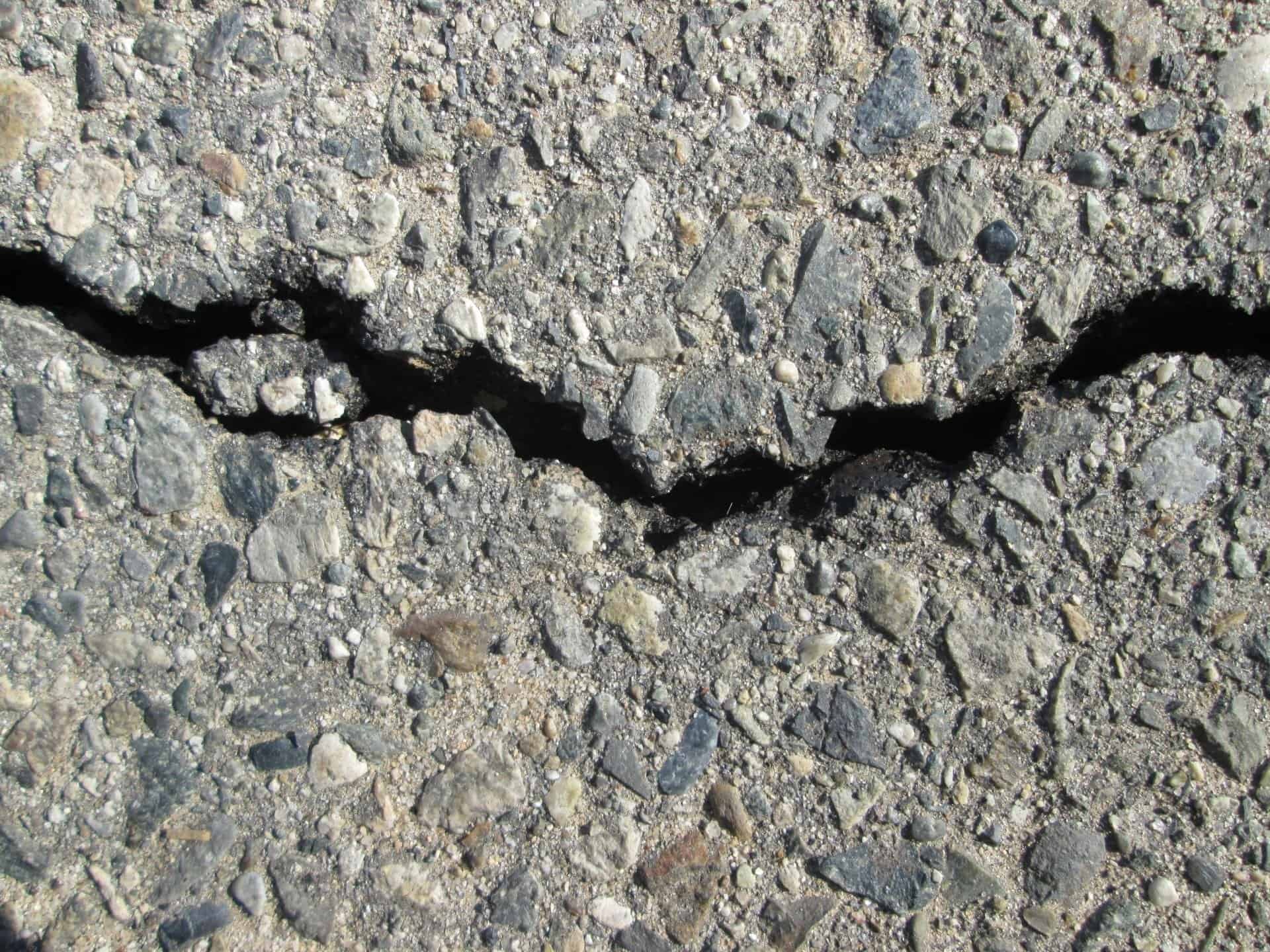The average homeowner spends between 1 and 3 percent of their home’s value on maintenance and repairs. Accidents happen, and sometimes those maintenance costs can skyrocket.
Discovering that your home has severe structural damage can send your regular maintenance budget spiraling out of control. The sooner you catch it, the more affordable it will be.
Luckily, it’s easy to spot the signs of structural damage if you know what to look for. Here are some of the most common issues to watch for around the house.
1. Cracks in the Drywall
Under normal conditions, your home’s drywall should be solid. When structural damage threatens the integrity of your home, that drywall shifts. This creates cracks that are visible to the naked eye.
If the structural damage goes unrepaired, the cracks will continue to grow until the walls themselves can’t support the weight. If you have cracks in the walls or along with the ceilings in your home, call a professional.
The damage may be due to water or leaks, but it could also be a sign of severe foundation damage.
2. Sagging Floors
Your floors, especially the ones on the ground floor, should be flat and level. But as the foundation shifts, they often start to sag.
You may notice a change in the slope of the floor or feel that the floor is bouncier than it normally is. If you notice these changes, it’s best to get your home inspected.
The damage could get fixed with a simple floor joist repair or you may need to get the foundation replaced entirely.
3. Doors Stick Rather Than Close
Under normal conditions, your doors should open and close easily. They fit inside their frames and don’t lean to one side or the other.
When the structure shifts and damage occurs, the door frames may move out of alignment. This causes the doors in your home to stick when you try to open or close them.
Remember, it’s not a problem with the door—it’s a sign that you have bigger structural issues on your property.
4. Cabinets Won’t Stay Closed
When installed correctly, cabinet doors should stay closed on their own. If you notice that the doors keep opening when you’re not around, you likely have ongoing structural damage.
As the foundation shifts, the house becomes unlevel. This changes the way the cabinet doors balance in their hinges. Keep in mind that the changes happen slowly.
Pay attention to the way your cabinets close. If the doors pop open or don’t sit flush against the frames, there’s probably an issue with your home’s foundation.
5. Sagging Roofline
Structural damage doesn’t just come from a shifting or cracking foundation, though that’s one of the most common causes. It can also come from excess moisture or termite infestations in the attic.
Your roof has structural supports that spread the weight of the roof across your entire house. When those supports get damaged, the roofline sags.
Head outside your house and take a look at your roof. If you see that the roofline dips down or notice changes in the slope of the roof itself, call your roofing contractor. Leaving a damaged roof in place puts the rest of your house at risk for leaks, mold, mildew, and other hard-to-get-rid-of issues.
6. Consistently Damp Basement
Your basement should always be watertight, even when it’s several feet underground. If you notice that the area is consistently damp or see puddles in parts of the basement, you have structural damage that needs to get repaired.
When the foundation has cracks in it, water can and will seep up through those cracks into your home. When left unrepaired, that excess moisture increases your risk of mold and mildew growth. But it also helps the cracks to spread.
This can cause the rest of your house to warp faster and could introduce other structural damage across your property.
7. Ceilings Bowing In
Your home’s ceilings should be as level as the floors. Structural damage can cause the walls to shift, putting more strain on your ceilings.
Over time, the ceilings will start to bend, making your rooms look off-kilter.
An experienced contractor will be able to fix the underlying cause and your ceilings, but it’s best to get it done as soon as possible.
8. Window and Door Frames Pulling Away
While sticking doors are more common, it is possible for the door and window frames around your house to pull away from the walls. This happens when the foundation shifts and pulls the walls away.
When those doors and window frames pull away, it exposes your home to drafts, moisture, and even insects. In most cases, this is indicative of more severe structural damage.
If you notice the framework pulling away from the walls of your house, call a contractor immediately. Remember, the damage isn’t to the doors and windows—it’s to the house itself.
9. Signs of Termites
Termites can do significant structural damage in very little time and an infestation almost always means you have at least some damage that needs repair.
If you notice dust collecting around the window sills faster than usual or hear clicking noises in the walls, you likely have an active infestation. The best thing you can do is get rid of the infestation first before you address any structural repairs. This way, you’ll ensure that the damage doesn’t come back in a month or two.
10. Nail Pops
When the foundation is in good shape, the nails holding the supports and drywall in place sit flush against the boards. As the foundation shifts or cracks, those nails get driven out by the pressure.
This creates nail pops or visible round cracks in your walls. The cracks come from the nail heads in the sheetrock pushing against the paint on your walls.
They only happen when structural damage is severe.
Watch for These Signs of Structural Damage
Structural damage can make your home unsafe and costs thousands to repair. But the sooner you catch it, the less extensive the damage will be.
If you notice any of these signs of structural damage, don’t put off repairs. Get in touch with your contractor and schedule a home inspection as soon as possible.
Looking for more helpful tips on keeping your home in great shape? Check out our latest posts.
Discover more from Futurist Architecture
Subscribe to get the latest posts sent to your email.



![modern apartment [article_title]](https://www.futuristarchitecture.com/wp-content/uploads/2025/03/Brightening-Wall-Colors-That-Will-Make-Your-Apartment-Look-Bigger-900x600.jpg)